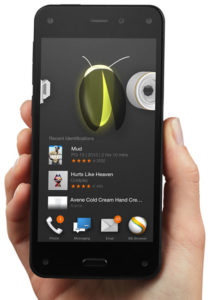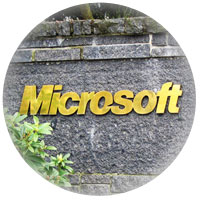
Aiming in part to counteract losses sustained on its Wii U gaming device launched in late 2012, Nintendo now is setting its sights on emerging markets and planning a brand-new console and games with those markets in mind, Reuters reported last week.
Nintendo CEO Satoru Iwata cited higher entertainment budgets among many emerging nations’ middle-class consumers as part of his company’s rationale for looking farther afield in a more concerted way than it has before.
It appears the new hardware and games will be designed for consumers with lower incomes and less gaming experience than those in Nintendo’s more traditional markets, but Iwata declined to offer any details on the new device’s specs or the particular countries being targeted. Next year is the expected time frame for the new offerings.
‘Looking for a Sweet Spot’
“The emerging markets opportunity is significant, so I understand Nintendo’s desire to get a foothold,” Ted Pollak, senior analyst for the gaming industry with Jon Peddie Research, told the E-Commerce Times.
“The Wii U is too expensive for many of these consumers, and also many of them have not upgraded to HDTV,” Pollak pointed out.
The Wii U is Nintendo’s first console to support high-definition graphics.
At the same time, “the original Wii’s chipset is a bit outdated compared to today’s high-power mobile processors,” he explained. “The form factor of the console itself could also be reduced for shipping and stocking efficiency.”
In short, “Nintendo is likely looking for a sweet spot between the Wii and Wii U for emerging markets,” Pollak concluded.
Old Devices With a New Skin?
Nintendo doesn’t intend to launch existing hardware such as the Wii U or 3DS in these new markets, Iwata indicated.
Still, “it is surprising that they don’t just make the old DS and the old Wii and sell each for less than (US)$100,” Michael Pachter, managing director for equity research with Wedbush Securities, told the E-Commerce Times. “There is a lot of software out there for each.”
In fact, “I have a feeling that the ‘new’ hardware will be those devices with a new skin,” Pachter added.
‘This Strategy Makes Sense’
China recently lifted a 14-year ban on selling videogame consoles, and Microsoft already has announced its plans to enter the market. In September, Microsoft plans to begin selling its Xbox One there.
“This strategy makes sense for Nintendo to grow via a territorial expansion,” Liam Callahan, an analyst and director for the games industry with the NPD Group, told the E-Commerce Times.
“This may yield success in countries like China, where we have seen regulation inhibit gaming companies from entering the territory,” Callahan added. “The Chinese market is also more comfortable with the free-to-play model, which may also require a new way of approaching hardware.”
‘They Understand This Market’
Nintendo is not exactly a newcomer to markets such as China, however. In fact, its iQue Player device — produced through a joint venture and based on previous-generation hardware — was available in China for several years, Lewis Ward, research director for gaming with IDC, told the E-Commerce Times.
“I think [the new device] will build on an approach they’ve used in emerging markets before,” Ward said. “I don’t think this will be totally from scratch.”
Nintendo also has produced the Wii Mini, a $100 version of the Wii “that cut out all the Internet features,” he pointed out. “I don’t think it sold very well, but it shows that when Nintendo puts its mind to it, it has the engineering capability to create a very affordable box.”
In short, Ward concluded, “I think they understand this market and what will sell there.”






















































Social Media
See all Social Media